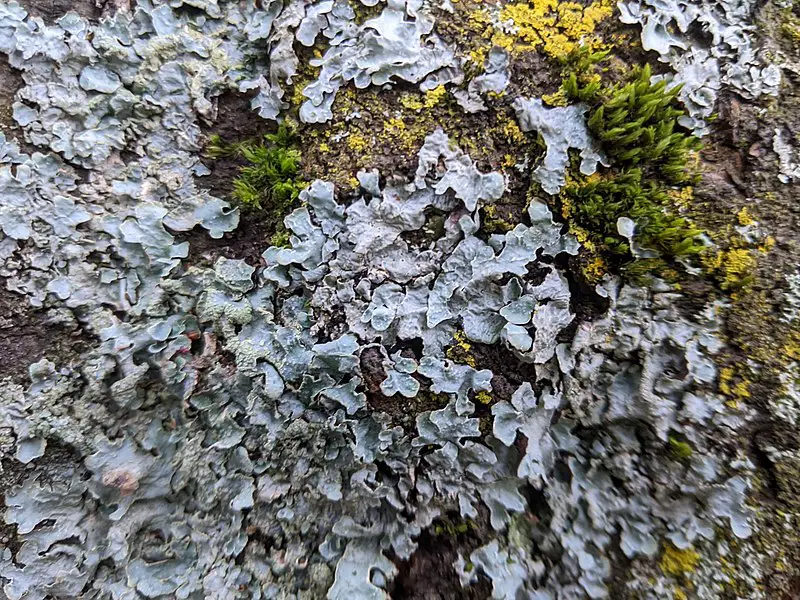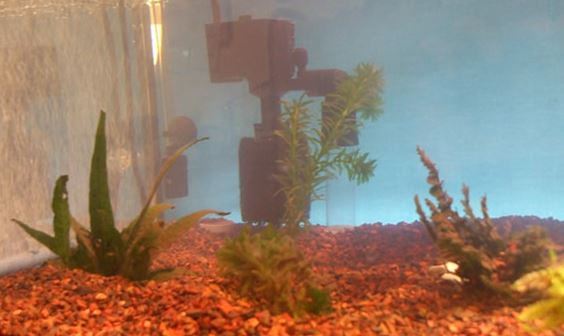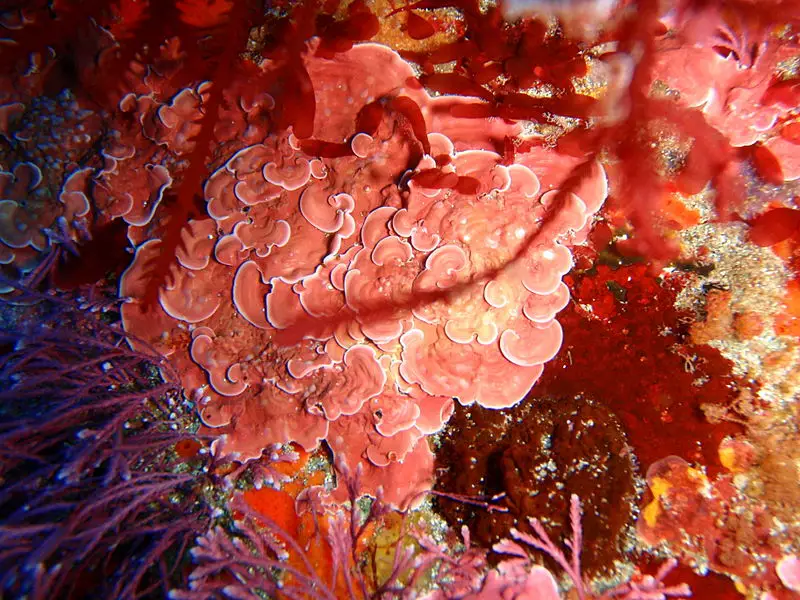Any avid fish keeper knows that too much algae is bad in a fish tank, but figuring out the cause of each kind of algae as well as which ones are actually harmful can be difficult.
If you start seeing some black or greyish algae appearing in your tank, then you’re likely dealing with black beard algae or staghorn algae.
Both of these types of algae can be problematic in a fish tank if you let them grow, so addressing them is important.
Grey algae in a fish tank is caused by an excess of iron in the tank or low carbon dioxide levels.
Other types of algae can be caused by too much light or an excess of nutrients. Addressing the issue will take time and involves a lengthy process of treatments.
As it turns out, grey algae in a tank can be a nightmare to get rid of, but even if you like the look of grey algae, it’s usually best to get rid of it.
Algae can grow quickly and outcompete your plants and other beneficial bacteria in the tank for resources, harming your fish in the long run. The rest of this article will walk you through grey algae and how to get rid of it.
What Causes Grey Hair Algae?
Staghorn algae is generally caused by an excess of iron in the tank, so if you’re giving your tank any iron supplements, it would be wise to dial it back significantly.
Most of the time, plants are able to get the nutrients they need with only infrequent dietary supplementation, so cutting back on the iron will benefit them in the long run. Another common cause of grey hair algae is a reduced amount of carbon dioxide in your tank.
When the CO2 in your tank is scarce, plants are unable to use fertilizers or light for photosynthesis, creating an environment for beard algae to flourish.
Beard algae manifests as large clumps that look like, well, a beard growing on the end of your plants or driftwood. They are grey in color and can quickly spread once they take root in a fish tank.
Staghorn algae shows up as greyish strands that are soft to the touch, much like hair algae.
Both types of algae can be caused by an overdose of iron in the tank from fertilizer supplements or a lack of carbon dioxide that creates a hospitable environment for these two grey algae to multiply.
How Do You Get Rid of Grey Algae?
Getting rid of grey algae can be a long and laborious process since not many fish will attempt to eat it; however, there are treatment options.
First, you should try to put some beneficial tank habits in place to both limit the spread of the algae and prevent another outbreak.
These include making sure that your fish tank isn’t getting too much light (i.e., your aquarium light is too strong) and that you do regular water changes, siphoning the bottom to remove trapped gases, detritus, and waste.
Additionally, make sure there’s not excess food left on the tank floor an hour after your fish have eaten. This excess waste not only releases harmful byproducts that affect your tank parameters, but it can also speed up the growth of the algae.
In short, algae will increase their population numbers whenever they perceive that there are plentiful resources in the environment, and as such, leaving food on the tank floor for too long is practically begging for an algal bloom.
Treatment Options
Now that you know how to prevent more algae from taking a foothold in your tank, it’s time to address that pesky grey beard or staghorn algae.
If you’re just starting to notice grey beard algae forming in your tank, reduce or cut out any fertilizer supplements that have high iron content, at least for the time being.
In addition, carbon dioxide supplements can help your plants utilize the light and fertilizer better so as to reduce the grey beard algae’s access to resources.
When your plants can’t use all the nutrients available, trace amounts can cause an increase in algae populations (and not just beard algae).
Some products like Easy Carbo are perfect for treating aquariums with excessive algae. They serve to turn the algae a white or pinkish color, at which point you can stop treatment.
With regular treatment as instructed, the beard algae population should wane over time. Some fish do eat beard algae including the following:
- Bristlenose Pleco
- Cherry Shrimp
- Clown Pleco
- Ghost Shrimp
- Siamese Algae Eater
- Flying Fox Fish
- Florida Flagfish
- Nerite Snails
Keep in mind that these fish, shrimp, and snails still contribute to the bioload (the stress on your filter, if you will) and won’t single-handedly eliminate beard algae in your tank.
At best, they’re a cleanup crew that can manage the population growth, but if the parameters of your tank are off kilter, then the beard algae will just keep growing back.
Addressing the underlying issues with your tank care routine as well as direct treatment are usually your best option for addressing beard algae and staghorn algae. Plecos are still an awesome addition to a tank, though!
Is Black Beard Algae Harmful to Fish?
Beard algae affects plants negatively. It grows on the tips of plants, stealing their most precious resource: light.
Too much black beard algae can also mess up the delicate parameters that keep your fish healthy in a tank, creating a spiraling negative effect that can leave you chasing other issues in your tank as well.
Final Thoughts
Grey algae is a nuisance and not beneficial in a tank. Oftentimes, it’s a sign that the environment is too iron-rich and CO2-deficient.
Addressing the issue takes time and dedicated treatment, but there are both direct application and entire-tank treatments you can do to get rid of beard algae.
Some fish will eat the algae as well, controlling the population and stopping algae from disrupting the function and aesthetics of your tank.



